1. Smart Collars Track Health in Real Time
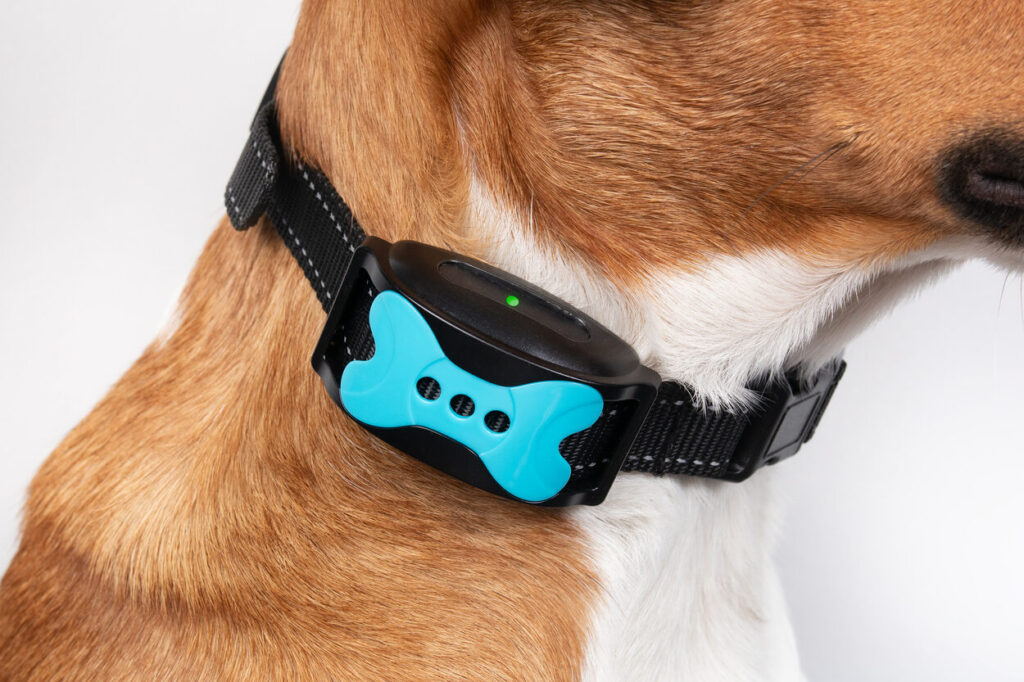
Pet collars are no longer just a place to hang an ID tag; they are sophisticated health-monitoring systems that can track a pet’s vital signs and activity around the clock. These collars use sensors to monitor crucial data points like heart rate, respiratory patterns, sleep quality, and calories burned. This constant stream of data allows owners to spot subtle but significant changes in behavior or health that might otherwise go unnoticed until the issue becomes severe. For instance, a sudden drop in activity or a prolonged period of shallow sleep could alert an owner to joint pain or the onset of an illness like a urinary tract infection, allowing for early veterinary intervention. In the near future, these devices are expected to integrate directly with veterinary clinics, acting as an early warning system that provides a vet with a pet’s complete, pre-symptomatic health baseline. This shift toward proactive and preventative care is fundamentally changing the relationship between pet owners and veterinarians.
2. GPS Makes Lost Posters Obsolete
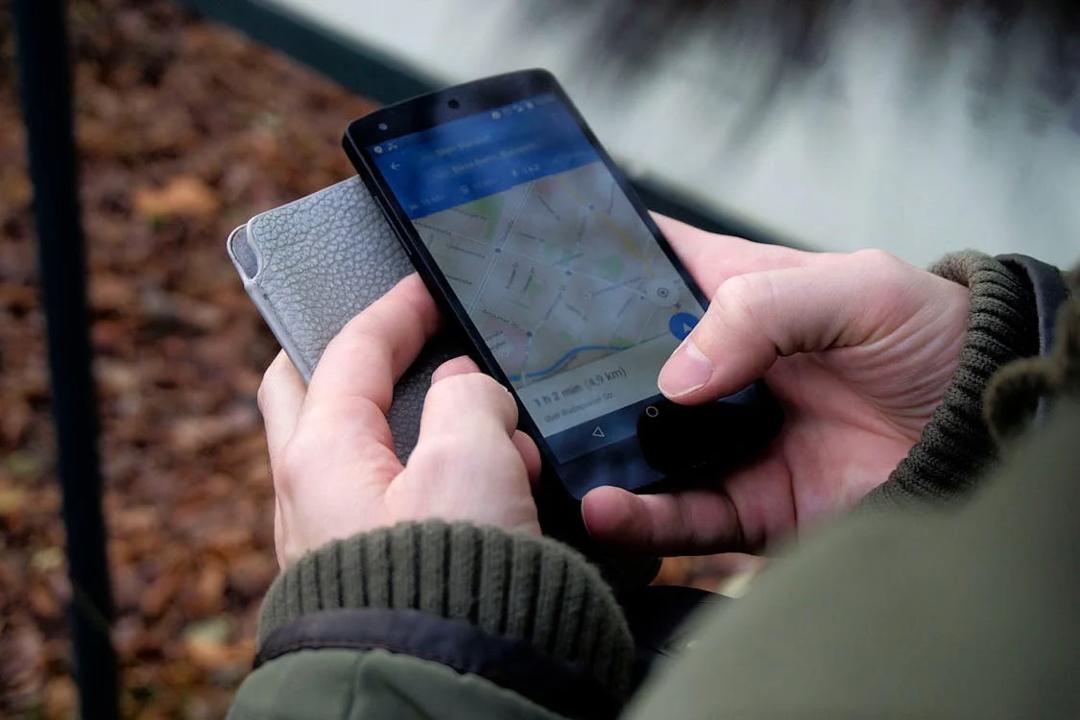
The fear of a pet escaping and getting lost is a nightmare for every owner, but GPS technology has drastically reduced the need for desperate “Lost Dog” flyers. Modern GPS collars and tags allow owners to track their pets’ precise location in real time via a smartphone app. This technology goes beyond simple tracking; many systems allow owners to set up virtual “geofences” digital boundaries around their home or yard. If a pet crosses this boundary, the owner receives an immediate alert on their phone, often with turn-by-turn directions to the pet’s location. This immediate notification capability cuts down on the critical time between a pet wandering off and the owner realizing they are gone. Advancements are leading to GPS systems that integrate with smart home technology, for example, allowing a smart pet door to only open for the specific pet wearing the authenticated tag, adding another layer of security and convenience, especially in multi-pet households.
3. AI-Driven Feeders Personalize Meals
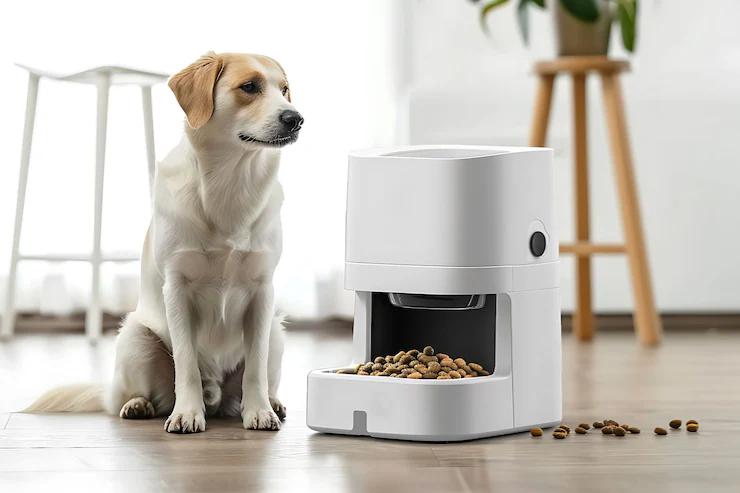
Basic automatic feeders that dispense food based on a simple timer are quickly being replaced by intelligent, AI-powered systems. These advanced feeders use microchip or collar-tag recognition to identify individual pets, ensuring that only the correct animal can access the food. This is particularly beneficial in multi-pet homes where one animal may have a specific diet, allergies, or a tendency to overeat. The AI not only controls access but also personalizes the portion size and frequency based on the pet’s breed, age, weight goals, and activity level (data often pulled from a smart collar). The technology is designed to fight the growing issue of pet obesity and ensure pets are receiving proper nutrition. The next generation of these devices will likely become even more medically integrated, capable of dispensing highly tailored prescriptions or diet plans based on a pet’s DNA and specific veterinary instructions, making nutritional management virtually effortless for the owner.
4. Talking to Pets Through Cameras
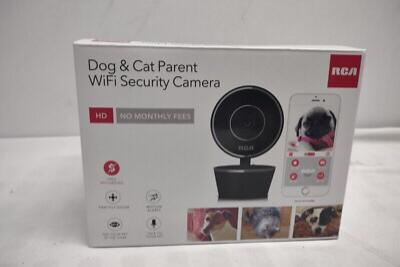
Pet cameras have evolved far beyond simple home surveillance tools. Modern devices, often called “treat-tossers” or “pet-cams,” provide a two-way communication channel that significantly eases separation anxiety for both the owner and the pet. These systems allow owners to speak to their pets in real time and hear any barks, meows, or distress sounds in return. The most popular models include a feature to remotely toss treats, providing positive reinforcement and a welcome distraction during the owner’s absence. This remote interaction helps maintain the bond between owner and animal and reduces destructive behavior often associated with boredom or stress. Innovations in this area are focusing on making the remote presence feel more authentic. Future versions may employ sophisticated AI to simulate a human presence by recognizing a pet’s distress signals and automatically projecting calming visuals or familiar voices into the room.
5. DNA Tests Unlock Secrets

Pet DNA testing kits have become a popular and accessible way for owners to uncover the heritage and potential health predispositions of their cats and dogs. By analyzing a simple cheek swab, these commercial tests can provide a detailed breakdown of the pet’s breed mix, which is often a source of great curiosity, especially for rescue pet owners. More critically, the tests screen for hundreds of known genetic mutations linked to specific diseases, such as certain types of cancer, heart conditions, or drug sensitivities. Receiving this information provides an invaluable window into a pet’s potential health risks, enabling owners and veterinarians to establish a proactive screening schedule or preventative care plan years before symptoms might appear. The growing database of pet DNA is paving the way for a future where this genetic data is seamlessly integrated into veterinary medical records, leading to fully customized, precision medicine, including DNA-informed diets and medication dosages for every animal.
6. Tele-Vet Visits Save Time and Stress
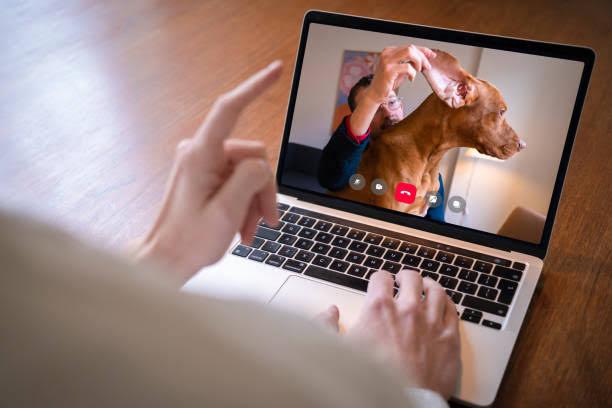
The rise of tele-veterinary medicine provides a low-stress, time-saving alternative to a physical office visit for non-emergency issues. Fueled significantly by the need for remote services during the COVID-19 pandemic, owners can now consult with licensed vets from the comfort of their homes via video call for triage, followup advice, or prescription refills. This is especially helpful for nervous pets, like cats who dread being put in a carrier, or for minor concerns like skin irritations or slight limps. The cost of a tele-vet session is often significantly lower than an in-person visit, making professional advice more accessible. While not a substitute for hands-on exams or surgical procedures, tele-vet services are evolving to become more sophisticated. The next iteration will likely see these virtual consultations merge with live data streams from a pet’s smart collar or litter box, allowing the vet to review real-time, objective health metrics while speaking with the owner, leading to more accurate remote diagnoses and treatment plans.
7. AI Helps Vets Read Scans
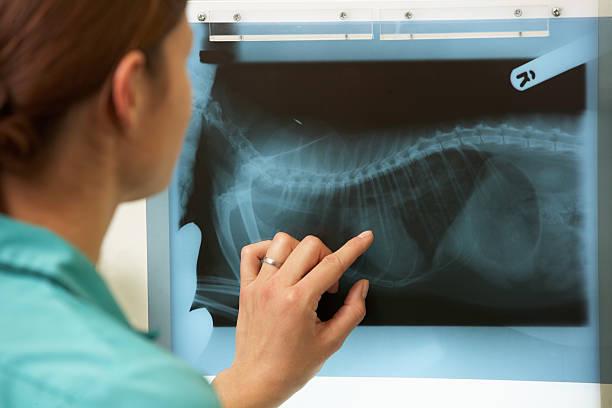
In the veterinary clinic, artificial intelligence is proving to be a powerful assistant, especially in the field of diagnostics. AI algorithms are now being trained to analyze X-rays, MRIs, and blood tests with remarkable speed and precision. The technology excels at flagging tiny abnormalities such as a subtle fracture line or an early sign of tumor growth that a human veterinarian might miss, especially during a busy day. This doesn’t replace the vet’s expertise but acts as a highly accurate second opinion tool, improving the speed of diagnosis and reducing the chances of a misinterpretation. For example, AI can analyze a chest X-ray and highlight areas of concern related to cardiomegaly (enlarged heart) in seconds. As the AI models continue to be refined by massive data sets, they will become an increasingly standard and indispensable tool in most veterinary practices globally, ensuring a higher standard of diagnostic care for all pets.
8. Smart Litter Boxes Detect Illness
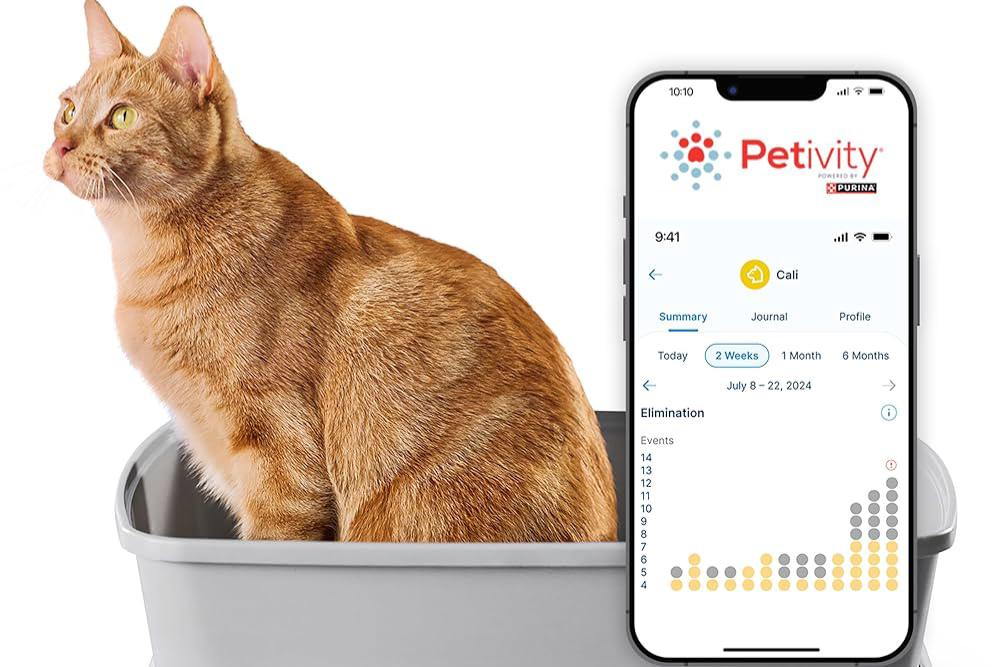
For cat owners, the litter box has become an unlikely frontline diagnostic tool. Advanced smart litter boxes are equipped with sensors that can track a cat’s weight, the frequency and duration of each visit, and waste volume, all without a cat even knowing they are being monitored. This data is critical because cats are famously stoic, often masking symptoms of illness until a condition is severe. Subtle changes in bathroom habits like an increase in frequency (a possible sign of a urinary tract issue) or a gradual weight loss can be detected by the box and flagged to the owner via a smartphone alert. The most sophisticated boxes are even integrating chemical sensors to analyze the waste itself for markers of disease. The future of this technology includes the potential to detect chemical signatures for serious diseases like chronic kidney disease or early-stage diabetes before any visible symptoms appear, making the litter box an essential, life-saving piece of tech.
9. Fitness Apps for Dog Walks
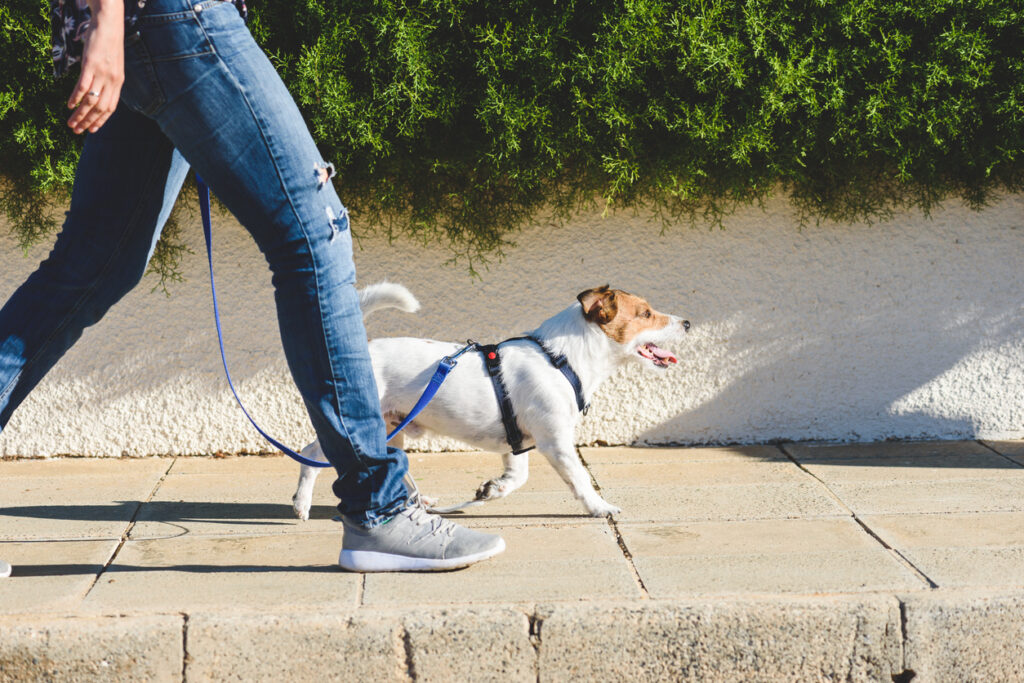
The movement toward owner and pet health is converging through smart fitness applications. These apps often sync a dog’s daily activity (steps, distance, playtime) from a smart collar with the owner’s personal fitness tracker. This creates a shared health goal, turning the daily walk into a quantifiable metric that benefits both human and animal. Some apps gamify this experience, allowing owners to compete in virtual challenges with friends or local pet owners to see whose dog can get the most steps or reach a distance goal. This adds an element of fun and social motivation to pet exercise. Looking ahead, the consistent, verified data collected by these apps on a pet’s activity level could be used by pet insurance providers to offer discounts or premium reductions to owners who actively maintain their pets’ fitness. This creates a tangible financial incentive for owners to keep their pets healthy, making exercise literally pay off.
10. Livestream Boarding Kennels
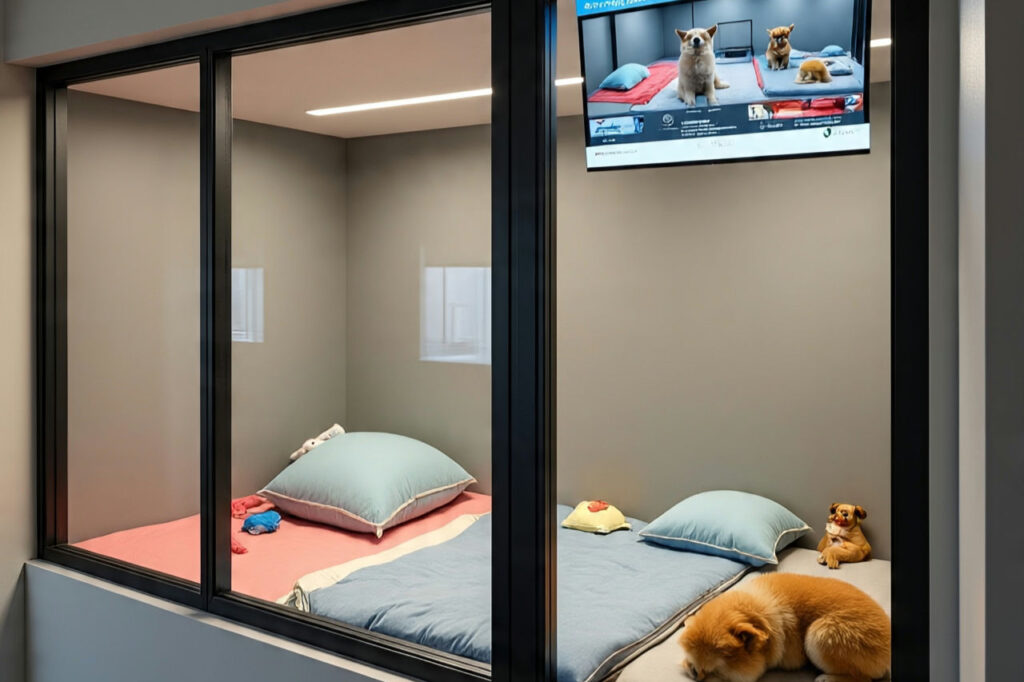
Leaving a pet behind when traveling can be a source of guilt and anxiety for owners. Modern boarding kennels and dog daycares are addressing this by installing 24/7 livestream webcams in play areas and individual suites. This allows owners to log into an app from anywhere in the world and watch their pet in real time, providing immense peace of mind. Seeing your dog playing happily or your cat curled up comfortably can dramatically reduce the stress of separation. The next generation of this surveillance will involve integrating AI to do more than just record. Advanced systems are being designed to autonomously monitor pet math behavior and flag unusual activity. If a dog displays prolonged lethargy, refuses food, or shows signs of distress, the AI could automatically send an alert to the staff and the owner, allowing for immediate attention and preventing minor issues from escalating into serious health concerns.
11. VR and Sound Therapy for Anxious Pets

For pets suffering from common issues like noise phobia (fear of fireworks or storms) or severe separation anxiety, a new frontier of treatment is opening up in the form of specialized virtual reality (VR) and sound therapies. Though not yet widely available, research is exploring systems that could provide immersive “calm rooms” for pets. These environments would use tailored projected visuals and species-specific calming sounds to create a safe, controlled sensory experience designed to lower the pet’s stress and anxiety levels. The system could potentially monitor the pet’s heart rate (via a smart collar) and adjust the visuals and audio in real time to maintain a state of calm. The long-term goal of this cutting-edge approach is to offer a non-pharmacological alternative to traditional anti-anxiety medications, teaching pets to manage their fear response through a therapeutic and controlled technological exposure.
12. Subscription Boxes Powered by AI
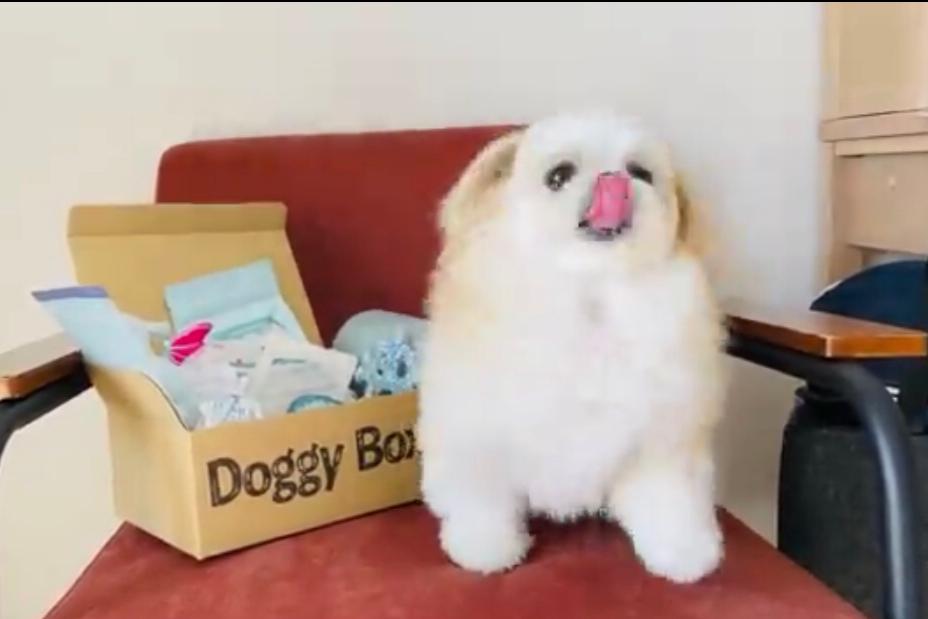
Pet subscription boxes, delivering a curated mix of toys, treats, and supplies, have exploded in popularity. What makes them distinctly modern is the use of AI to tailor the contents. Instead of simply sending a random assortment, AI algorithms now analyze a pet’s “preference profile”—which includes breed, size, age, and, crucially, feedback from previous boxes. For example, if an owner reports that their puppy shredded a plush toy within minutes, the AI will automatically ensure the next box contains more durable, tough chew toys. This data-driven personalization increases customer satisfaction and reduces waste. The next wave of this technology is moving into the nutritional space. Future boxes will integrate with a pet’s DNA results, vet-recommended diet, and smart-feeder data to deliver monthly rations of personalized supplements and food formulated specifically for that pet’s unique biological needs, making it a highly convenient, bespoke health service.
13. AI Chatbots for Pet Health
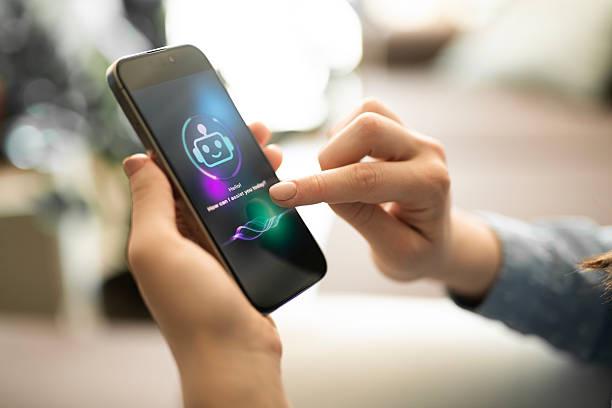
In the middle of the night, when a pet has a sudden, worrying symptom like a slight limp or a bout of vomiting, owners often turn to the internet for answers. Now, specialized AI chatbots and apps are providing a more structured and reliable first-line resource. These tools are trained on vast amounts of veterinary data to perform basic triage, asking the owner a series of targeted questions about the pet’s symptoms, age, and breed. Based on the responses, the chatbot can provide an initial, general assessment: is this a wait-and-watch scenario, or does the pet need to see a vet immediately? They offer peace of mind when a vet’s office is closed and help owners determine the appropriate level of urgency. As the technology matures, these AI assistants will likely be able to link directly to veterinary records, offering more personalized advice, setting up an automatic appointment, and even pre-filling necessary information for the vet before the pet arrives.
14. Cloning Pushes Ethical Boundaries
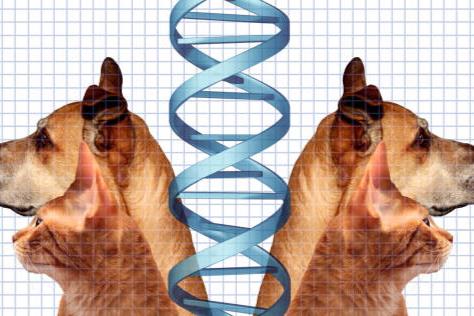
While it remains firmly in the realm of high-end, luxury science, the technology to clone a beloved dog or cat is a real and established service. At a cost often exceeding \$50,000 per animal, it is currently reserved for a very small, wealthy clientele. The process involves taking a somatic cell from the pet and using it to create a genetically identical animal. As the underlying science becomes more common, the cost may drop over time, bringing the procedure to a wider, though still niche, market. This development raises profound ethical and moral questions for society about the value of a pet’s life, the motivation for “replacement” pets, and the allocation of significant scientific resources. While it’s a fascinating capability, cloning is expected to remain a controversial and fringe service rather than a mainstream part of typical pet care in the foreseeable future.
15. The Dream of Pet Translators
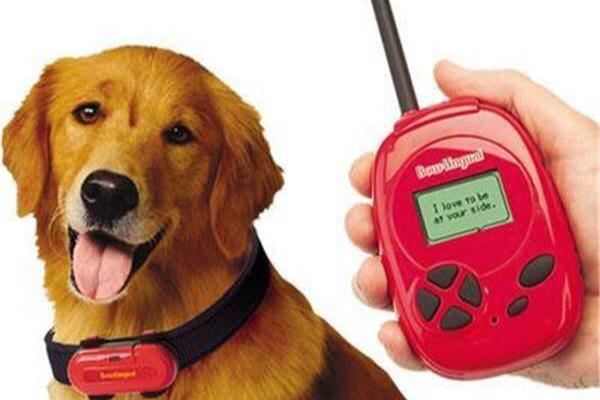
The idea of truly understanding what a pet is trying to communicate is a long-held human dream. While current apps that claim to translate barks or meows are mainly for novelty and amusement, researchers are seriously focused on the goal. Scientists are employing sophisticated AI and machine learning to decode vocalizations, facial expressions, and body language across many species, including dogs and cats. The goal is to move beyond simple emotional states (e.g., “fear” or “hunger”) toward identifying specific requests or needs. While a perfectly fluent, two-way translation device remains a distant future, the research is already yielding insights into animal communication patterns. If successful, this technology could offer one of the most significant breakthroughs in the history of the human-animal bond, allowing for a deeper, more nuanced connection and vastly improved care based on what pets are truly trying to tell us.
Do you have a favorite piece of pet tech that changed your routine? Share your thoughts in the comments!
This story 15 Ways AI and Tech Are Already Changing How We Care for Our Pets was first published on Daily FETCH


